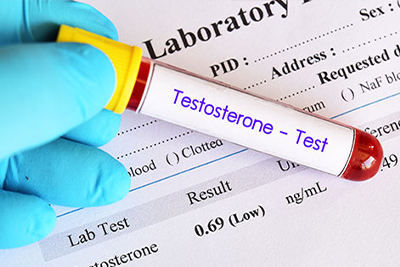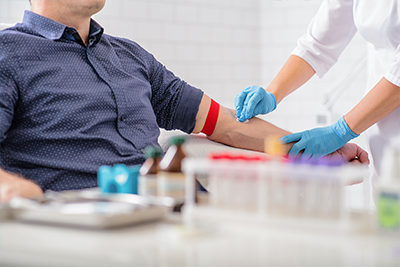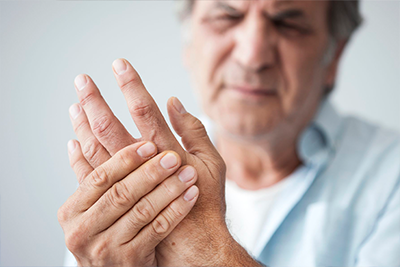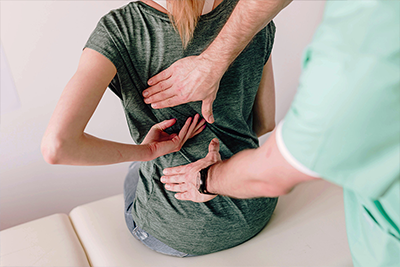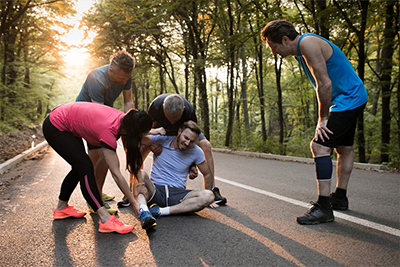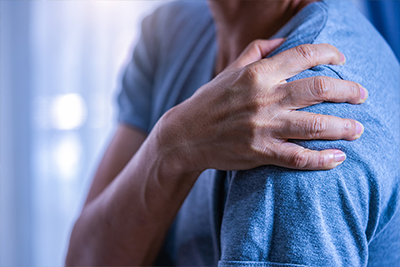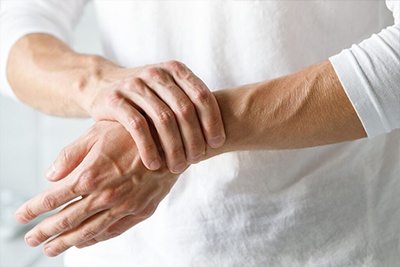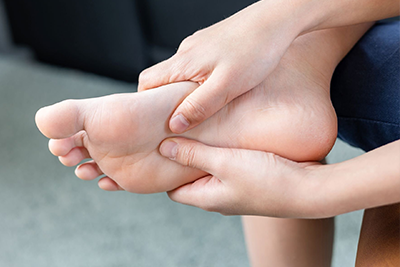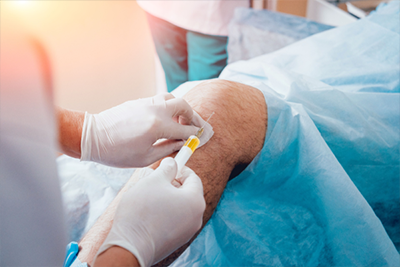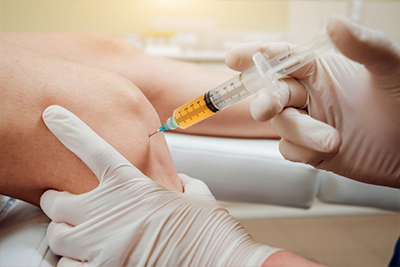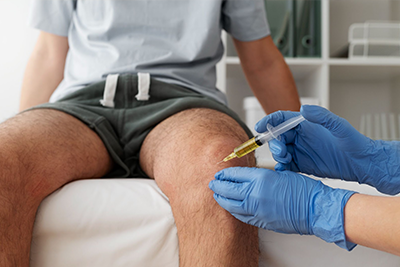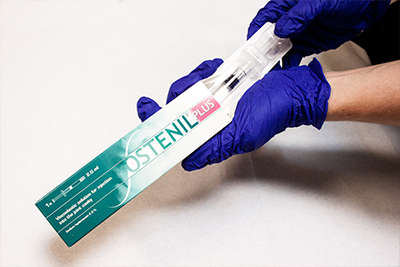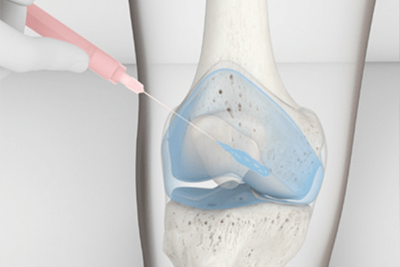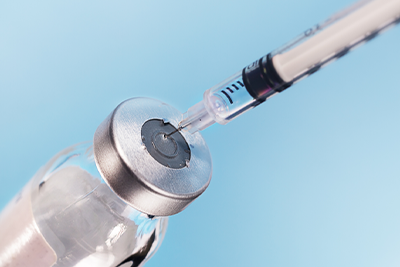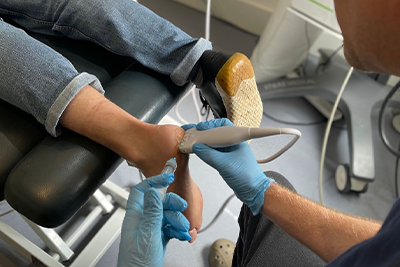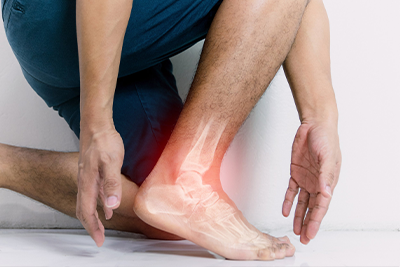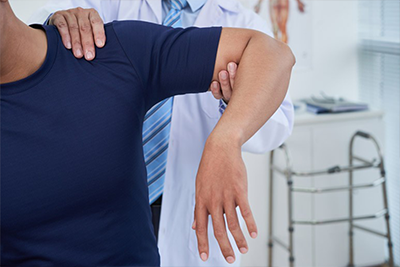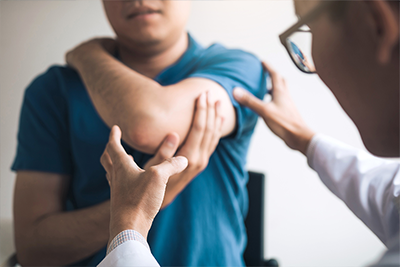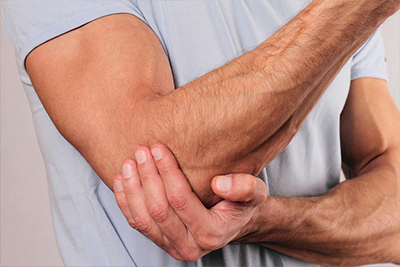Football is one of the most popular sports in the UK, with millions of people of all ages participating every week. While the game offers incredible fitness benefits, social connections, and excitement, it also comes with the risk of injury. Understanding common football-related injuries, how to prevent them, and the best recovery strategies can help keep you on the pitch longer and performing at your best.
At Vale Health Clinic, we see a range of football injuries, from minor strains to more severe ligament and cartilage damage. With the right approach, most football injuries can be managed effectively, allowing for a full and speedy recovery.
Typical Football Injuries and Their Causes
Soft Tissue Injuries
Football is a fast-paced game involving sprinting, sudden direction changes, jumping, and tackling. These movements significantly strain the muscles, tendons, and ligaments, making soft tissue injuries the most common.
- Hamstring Strains: Sudden bursts of speed or overstretching can cause hamstring strains, leading to pain and stiffness at the back of the thigh.
- Groin Strains: Quick directional changes or overstretching can result in groin pulls, which affect the inner thigh.
- Calf Strains: Sprinting, jumping, and frequent stopping can put excessive strain on the calf muscles, causing tightness or tears.
Knee Injuries
Due to football’s intense physical demands, the knee is one of the most vulnerable areas.
- Anterior Cruciate Ligament (ACL) Injuries: A sudden stop or twisting motion can damage the ACL, stabilising the knee joint. This is one of the most serious injuries in football and often requires surgery.
- Meniscus Tears: The meniscus (cartilage in the knee) acts as a cushion between the bones. Twisting or impact injuries can cause tears, leading to swelling and restricted movement.
- Patellar Tendinitis: Also known as “jumper’s knee,” this condition arises from repetitive jumping and landing, causing inflammation in the patellar tendon.
Ankle and Foot Injuries
Quick turns, uneven playing surfaces, and physical tackles put the feet and ankles at risk of injury.
- Ankle Sprains: A twisted ankle can overstretch the ligaments, causing pain and swelling.
- Achilles Tendinitis: Overuse or inadequate warm-ups can inflame the Achilles tendon, leading to pain at the back of the ankle.
- Metatarsal Fractures: These foot fractures are common in football due to repeated stress or impact from tackles.
How to Prevent Football Injuries
Warm-Up and Cool-Down
A proper warm-up increases blood flow to the muscles, improving flexibility and reducing the risk of injury. Before playing, include dynamic stretches, jogging, and activation exercises. After the game, cooling down with light stretching helps prevent muscle stiffness and aids recovery.
Strength and Conditioning
Football places immense stress on the lower body, so strengthening key muscle groups like the quadriceps, hamstrings, calves, and core is essential. Exercises such as squats, lunges, and deadlifts improve muscle resilience and stability, reducing the risk of injury.
Proper Footwear
Wearing the proper football boots can significantly affect performance and injury prevention. Ensure your boots provide adequate support, grip, and cushioning for your playing surface.
Hydration and Nutrition
Muscle fatigue increases the likelihood of injury. Staying hydrated and maintaining a balanced diet with adequate protein, healthy fats, and carbohydrates helps keep muscles and joints in optimal condition.
Listen to Your Body
Ignoring minor aches and pains can lead to more severe injuries. If you feel discomfort, take a break, apply ice to sore areas, and rest to allow recovery.
Treatment Options for Football Injuries
At Vale Health Clinic, we offer a range of treatments to support recovery from football injuries:
Hands-On Therapy
- Sports Massage: Helps reduce muscle tension, improve circulation, and speed up recovery.
- Chiropractic & Osteopathy: Helps realign joints and improve mobility, especially after impact injuries.
Rehabilitation & Strengthening
- Physiotherapy Exercises: Tailored rehab programmes to regain strength and flexibility after injury.
- Joint Mobilisation: Techniques to restore normal movement and reduce stiffness.
Injection Therapy for Joint Pain
For those struggling with persistent joint pain, hyaluronic acid injections (such as Durolane, Arthrosamid, and Ostenil) can help lubricate and cushion the joint, reducing discomfort and improving mobility.
Cortisone Injections for Inflammation
Severe inflammation, especially in patellar tendinitis or ligament pain cases, may benefit from cortisone injections, which help reduce swelling and provide pain relief for extended periods.
Recover Faster and Play Longer
Football injuries are common, but they don’t have to keep you off the pitch for long. By understanding risks, taking preventative measures, and treating correctly, you can stay injury-free and continue enjoying the sport you love.
Vale Health Clinic offers expert care to help you recover, strengthen, and prevent injuries. Whether it’s a minor strain or a more severe ligament issue, our team is here to support you every step of the way.
💬 Experiencing pain after a match? Book an appointment today and get back to playing pain-free!
Related Articles
- Joint Support for Summer Sport
- Runners Knee, a Recipe for a Pain-Free Knee
- Calf Injuries – Cause, Symptom, Prevention and Tips
- Pain Relief Tips for Aching Joints in Winter
- Knee Exercises for Pain and Rehabilitation


